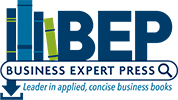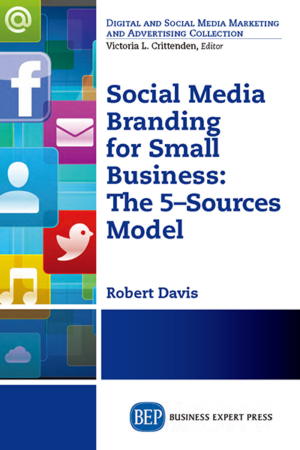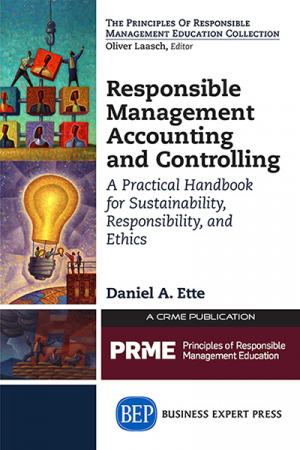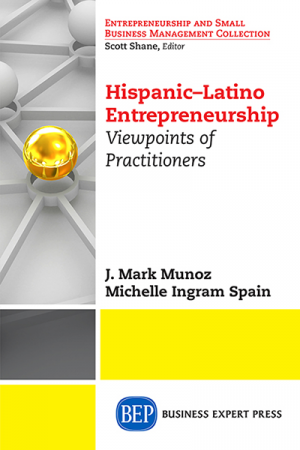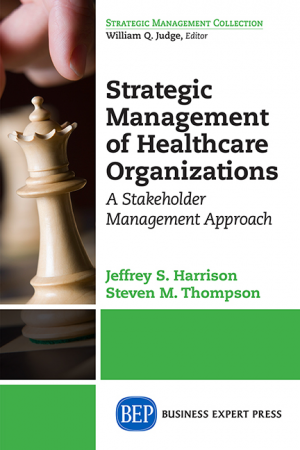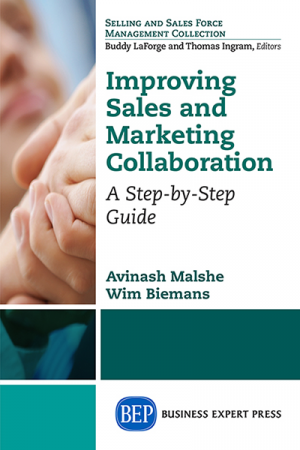Information Systems Project Management
$21.99This book addresses project management in the context of information systems. It deals with general project management principles, with focus on the special characteristics of information systems. It is based on an earlier text , but shortened to focus on essential project management elements. This chapter has presented various statistics indicating endemic problems in completing information system projects on time, within budget, at designed functionality. While successful completion of an information systems project is a challenge, there are some things that can be done to improve the probability of project success. This book reviews a number of project management tools. These include developing organizational ability to work on projects, discussed in Chapters 2 and 3. Sponsor expectations can be based upon better information if a good job of project selection is conducted, discussed in Chapter 4. Better systems analysis and design (Chapter 5) and project estimation (covered in Chapter 6) can assure that the proper skills are acquired to develop the project. Project management tools (Chapter 7) can assist project managers in coordinating the project effort, as can project management software such as Microsoft Project. Chapter 8 will return to the importance of critical success factors in the context of project implementation. Chapter 9 will discuss project control and termination.
